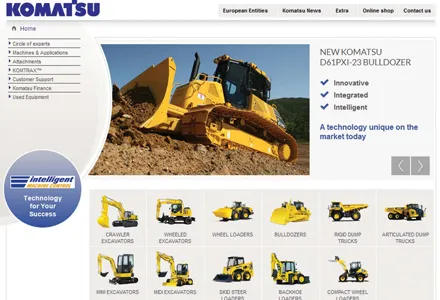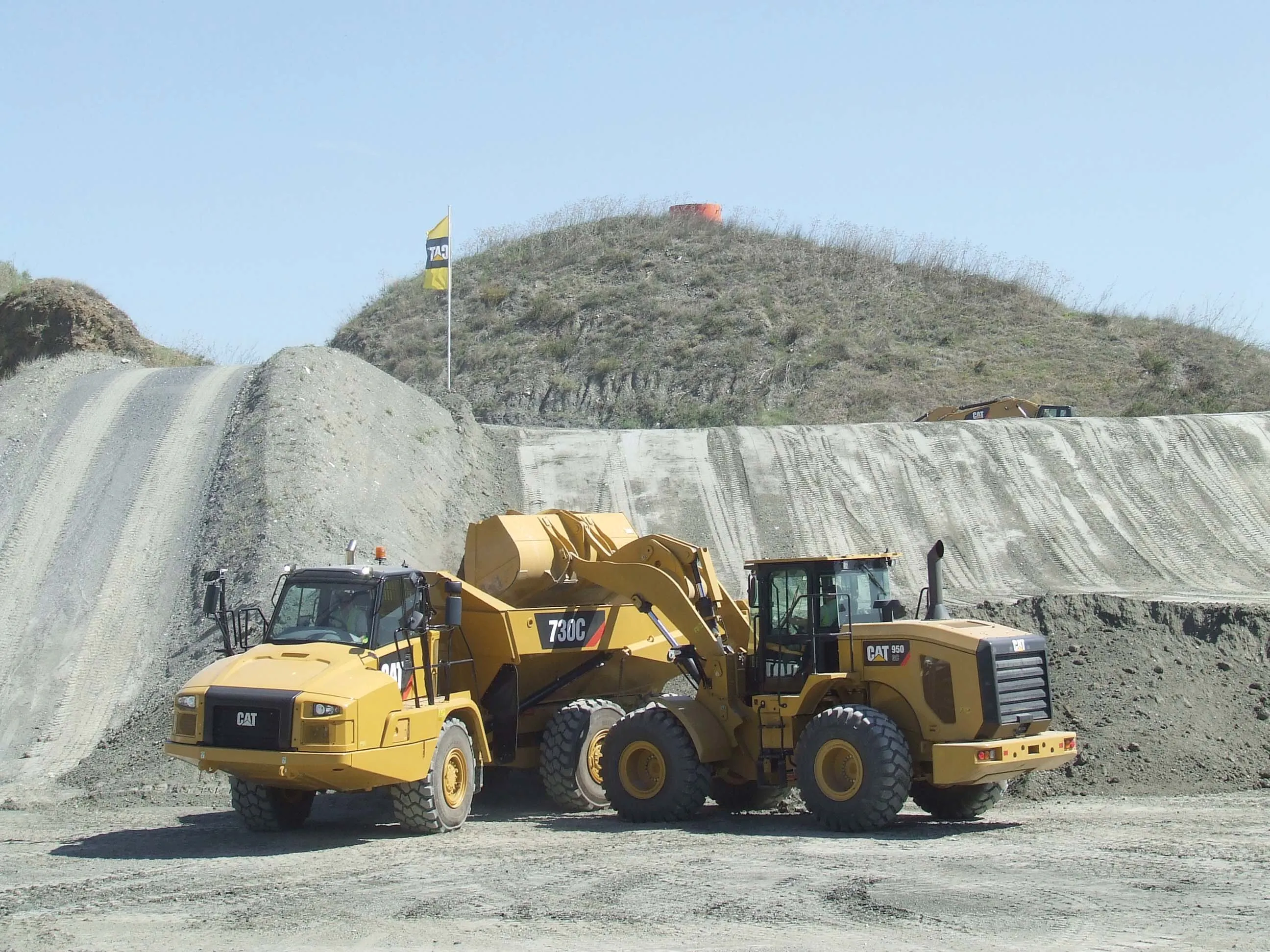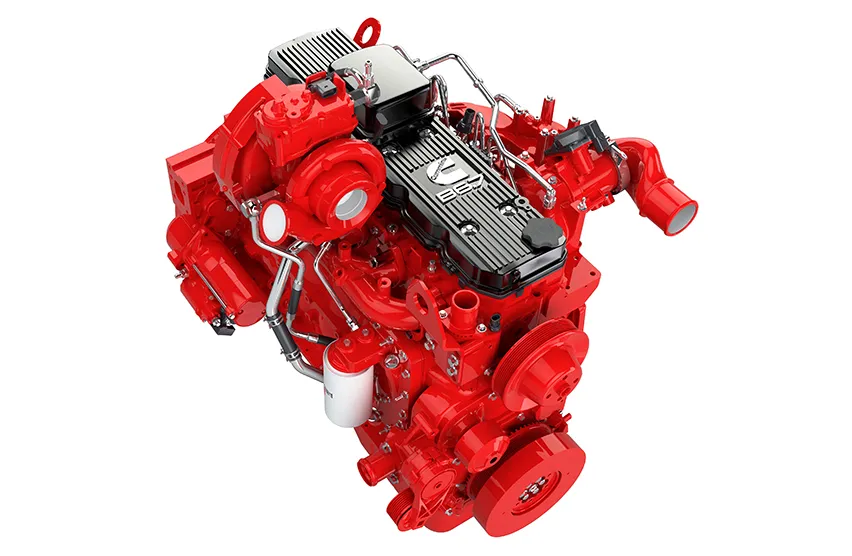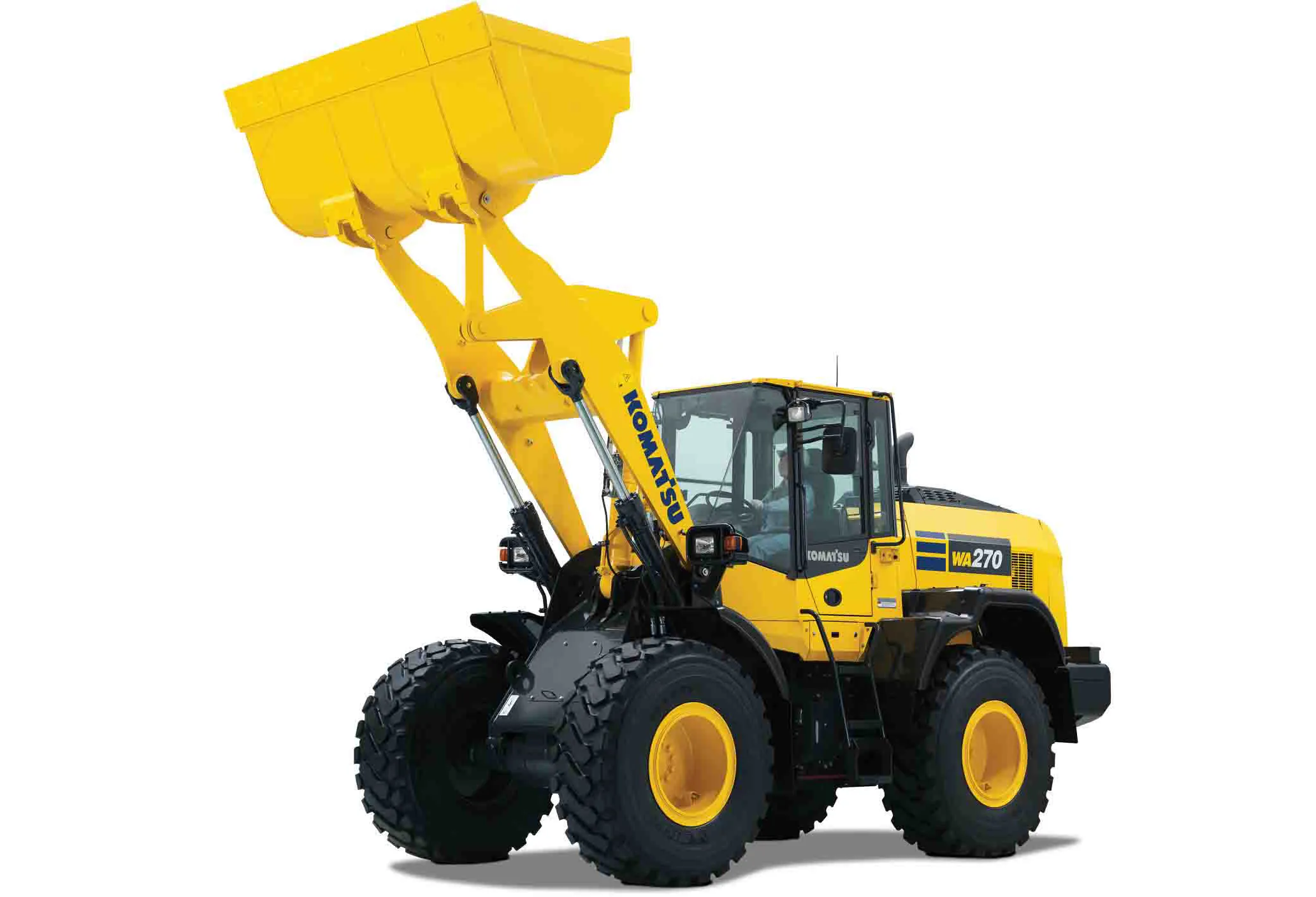Komatsu Qualified Used Equipment (KQUE) is a Komatsu Europe International remarketing scheme that provides top quality and affordable previously owned Komatsu equipment to customers who expect reliability, fuel efficiency and peace of mind from used equipment.
Under the KQUE program, selected pre-owned Komatsu equipment is put through a stringent inspection and evaluation process by Komatsu Distributors. Detailed information about the machine’s previous life is fully reviewed with available KOMTRAX data
May 14, 2014
Read time: 2 mins

Under the KQUE program, selected pre-owned Komatsu equipment is put through a stringent inspection and evaluation process by Komatsu Distributors. Detailed information about the machine’s previous life is fully reviewed with available KOMTRAX data and service records. Komatsu-certified service engineers check the engine, fluid levels, hydraulic system and transmission, cycle times, and fuel settings. The Komatsu Oil and Wear Analysis (KOWA) establishes the exact condition of major components. All work equipment is greased, and any required repairs, tune ups, adjustments & refurbishments are performed. Finally, the machine is serviced with genuine Komatsu parts and oil. Only then does the equipment receive a clean bill of health from Komatsu and is granted the ‘Komatsu Qualified’ stamp of approval.
Komatsu Europe distributors can sell these machines with warranty and flexible finance packages (subject to contract approval), and they back up this equipment with unbeatable aftersales service. Through this high-quality refurbishment, the ‘Komatsu Qualified’ scheme increases the value and reliability of used equipment and cuts operating costs.









